The correct order to apply your skincare, according to experts
Allow us to clear up any confusion with our detailed, step-by-step guide
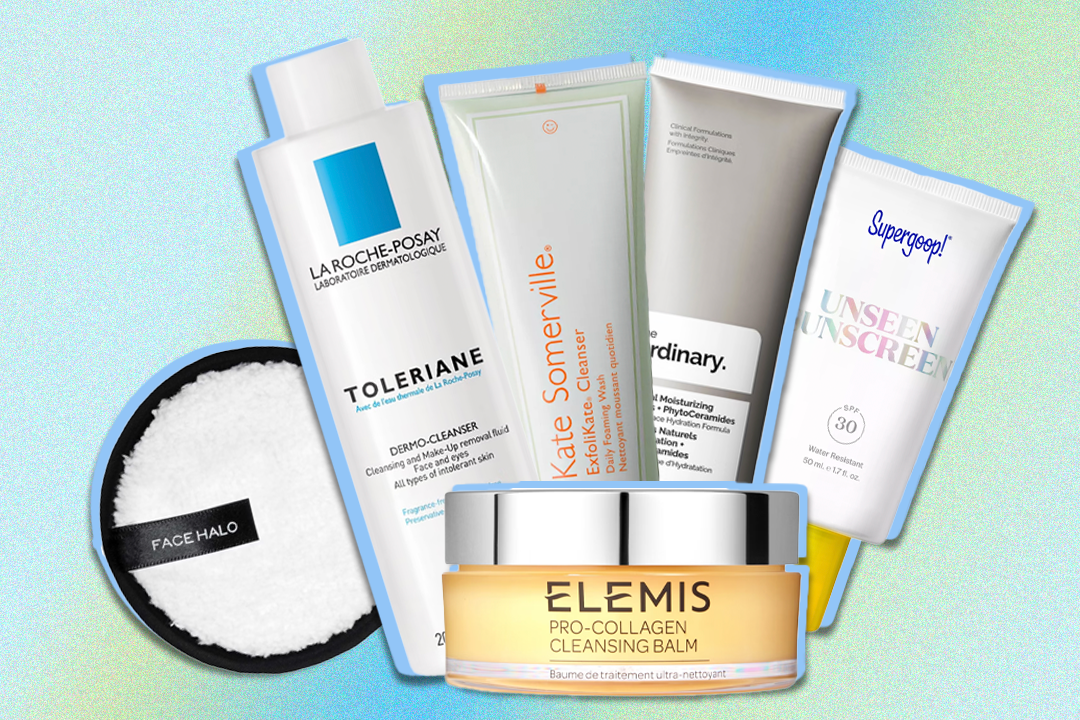

Your support helps us to tell the story
From reproductive rights to climate change to Big Tech, The Independent is on the ground when the story is developing. Whether it's investigating the financials of Elon Musk's pro-Trump PAC or producing our latest documentary, 'The A Word', which shines a light on the American women fighting for reproductive rights, we know how important it is to parse out the facts from the messaging.
At such a critical moment in US history, we need reporters on the ground. Your donation allows us to keep sending journalists to speak to both sides of the story.
The Independent is trusted by Americans across the entire political spectrum. And unlike many other quality news outlets, we choose not to lock Americans out of our reporting and analysis with paywalls. We believe quality journalism should be available to everyone, paid for by those who can afford it.
Your support makes all the difference.While many factors influence the performance of your skincare products, one thing that always needs to be considered is the order in which you apply them.
It’s often not immediately clear either, as the skincare sphere is, at times, overloaded with information – some accurate, others misleading – so it can be tricky to understand what order to use your products and what role it plays in their efficacy.
Simply put, when applied in the correct order, your products can do their job properly. Firstly, the consistency of your products is key, as if applied in the wrong order, you can be left with an ineffective routine and sometimes, a sticky, gloopy face full of products.
Also important is having an understanding of products with active ingredients in them, which target specific concerns such as acne or hyperpigmentation. Get this application wrong and you could end up facing irritation and increased sensitivity.
To help clear up confusion and answer any questions you may have, we’ve consulted two experts as part of our in-depth skincare layering guide ahead; Dr Ifeoma Ejikeme, aesthetic medicine doctor and medical director of Adonia Medical Clinic and Dija Ayodele, aesthetician, founder of West Room Aesthetics and author of Black Skin: The definitive skincare guide.
Step one: Cleansing
The first step of any skincare routine is cleansing, and what products you use can differ from morning to evening.
“The morning routine is about reviving the skin and protecting it from pollution, free radicals and UV, hence the importance of using antioxidants and SPF,” explains Ayodele.
Your morning cleanse is simple as there’s no make-up to remove, and something gentle such as the La Roche-Posay toleriane dermo-cleanser (£16, Lookfantastic.com) is ideal for all skin types. When massaged into the skin and rinsed off, your face will be left feeling smooth and soft. Plus, as it’s made with sensitive skin in mind, it won’t cause any irritation.
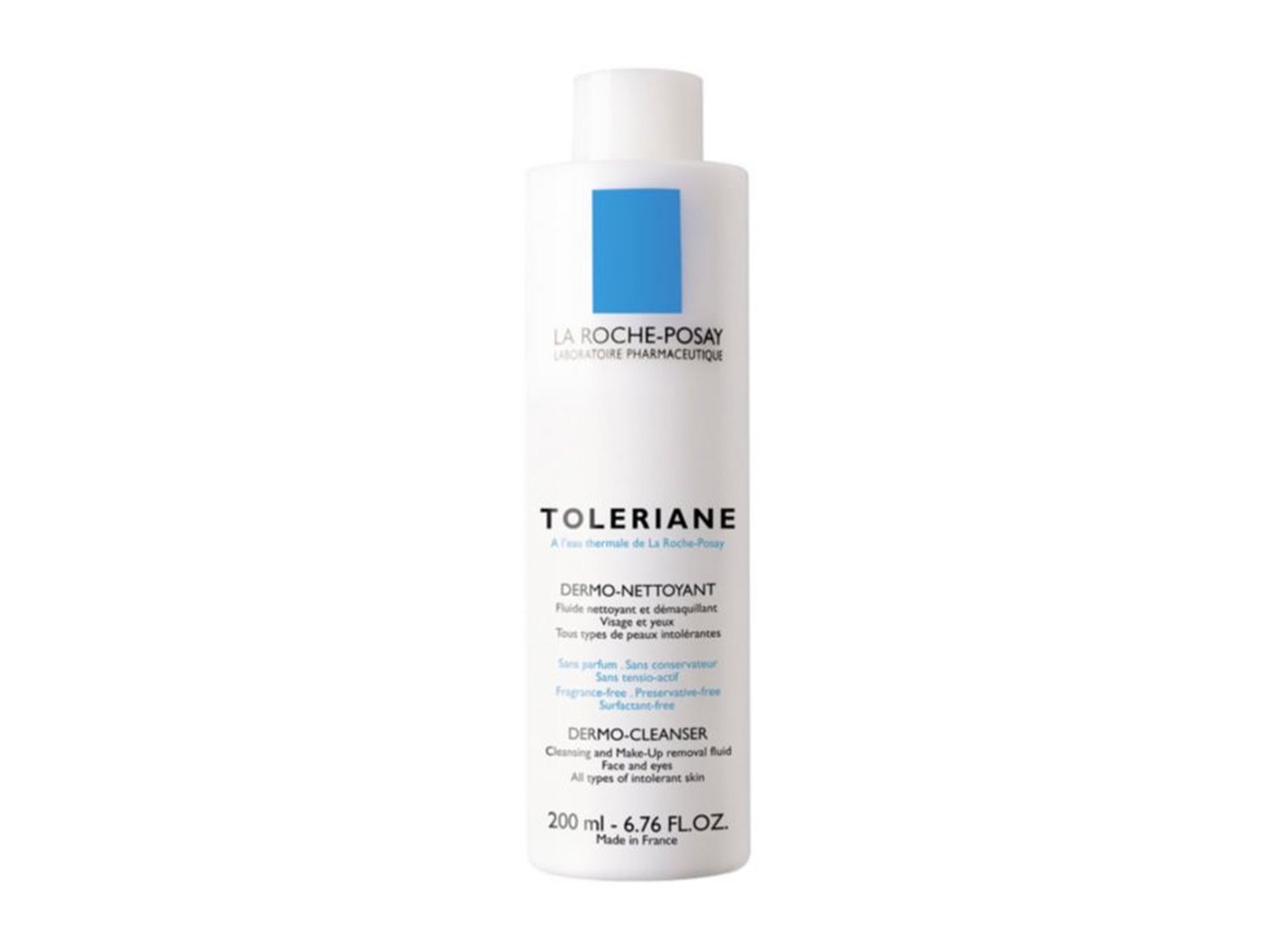
“Cleansers prepare the skin for what’s to come next by getting rid of make-up, sunscreen, germs and grime,” says Ayodele.
When it comes to the evening, it’s vital you effectively remove any make-up and SPF so you’re applying the rest of your products to clean skin. If it’s not removed properly, the rest of your routine won’t work as well and you might as well be washing money down the drain.
Double cleansing is a popular method among dermatologists, aestheticians and other skincare experts, and is the process of using a richer, oil-based cleanser to break down make-up, followed by a more lightweight option to leave your skin completely clean. Your second cleanse can be your go-to in the morning also.
We’d recommend Elemis’s collagen cleansing balm (£49, Lookfantastic.com) – it has a buttery soft texture that melts nicely into dry skin and dissolves even the most stubborn of waterproof mascaras, matte red lipsticks and long-wearing foundation.
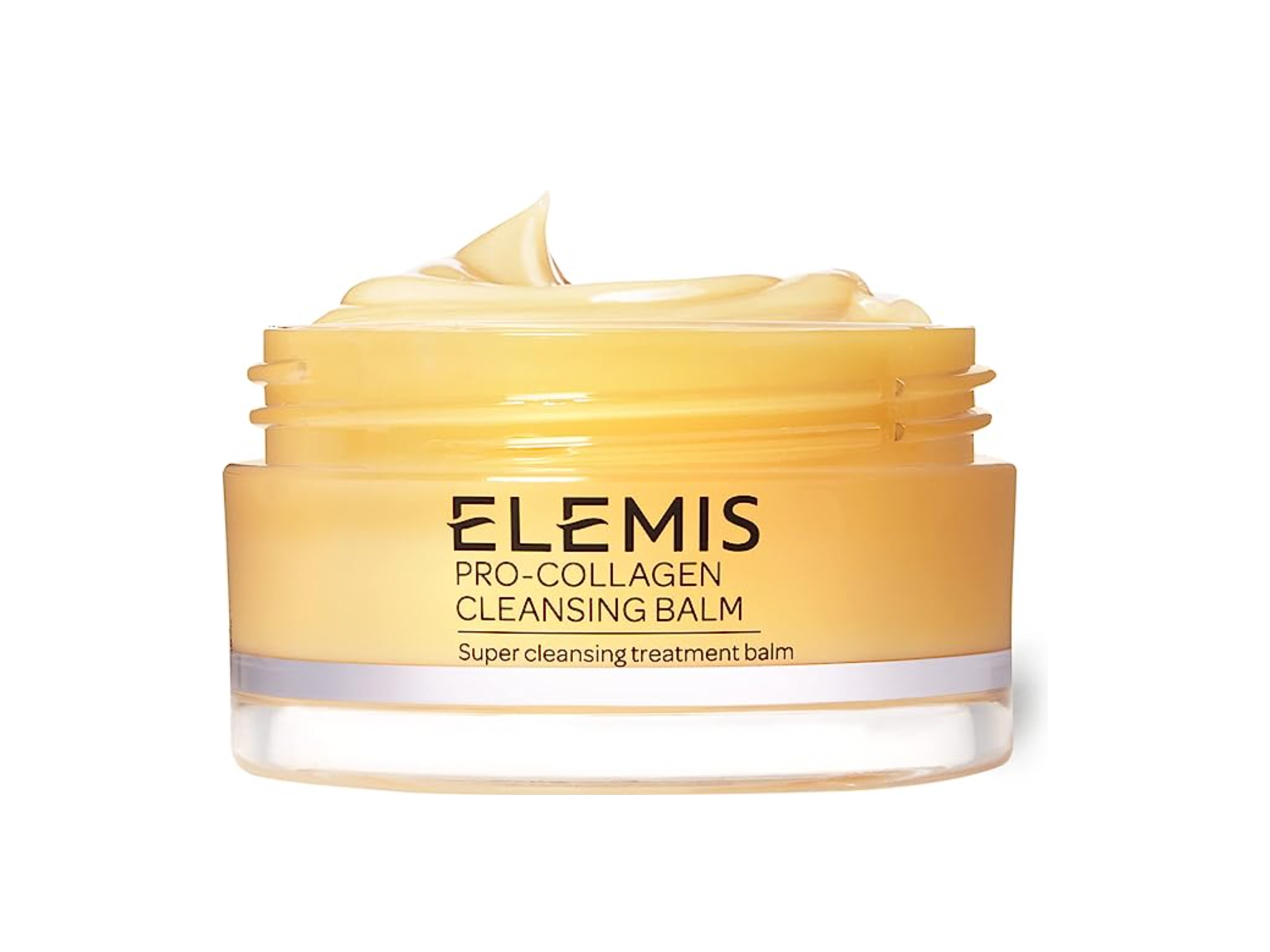
When removing a cleanser with a thicker, richer texture, a splash of water isn’t enough. Instead, opt for Face Halo makeup remover pads (£18, Lookfantastic.com). The circular flannels are made with microfibres that with a few swipes will remove make-up, SPF and dirt in seconds, and once you’re done, simply stick it in the washing machine and it will emerge brand new.
Read more: Best cleansers to help you achieve your skincare goals
Step two: Exfoliating
There are two types of exfoliants, manual – meaning scrubs that need to be massaged around your face – and chemical, which are typically leave-on liquids.
“Exfoliating products help to shed old skin cells which create a barrier to the penetration of further products and also help to create a smooth surface with more clarity,” explains Ayodele.
She goes on to say, “The most effective place for chemical exfoliants such as glycolic acid or lactic acid, is to have them in either your cleanser or your serum. I prefer using them in your cleanser because it means you can take a ‘little and often’ approach to your exfoliating which is less likely to cause irritation in the long run.”
Our favourite is the Kate Somerville exfoliKate cleanser daily foaming wash (£38, Lookfantastic.com) that’s silky soft without being drying, as some foaming cleansers can be.
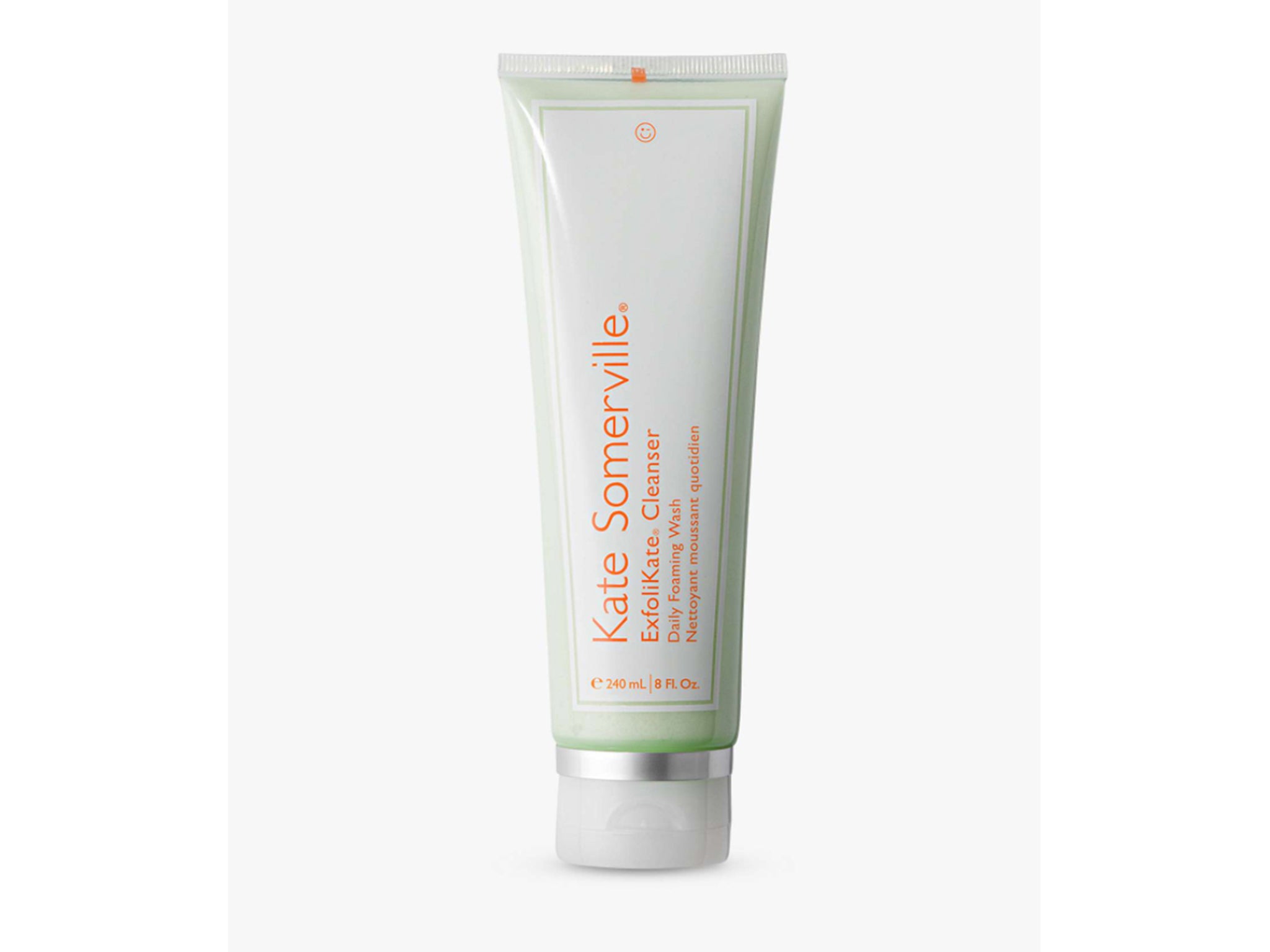
It contains two alpha-hydroxy acids, glycolic – which loosens dead skin cells sitting in your pores, smooths and brightens your complexion and lactic – which reduces blemishes, retains moisture and can improve the appearance of wrinkles.
“If you want to get more action from your exfoliating cleanser, you can apply it neat onto the skin and leave it on as a mask while you brush your teeth, for example, a couple of times a week to help it work deeper into the skin,” says Ayodele.
Step three: Serums and retinol
Serums are always applied after cleansing and exfoliating, onto clean, dry skin. They’re not necessarily essential but can be introduced into your routine if you are looking to combat a specific concern.
According to Ayodele, “Serums are the most effective way to include active ingredients into your skincare routine and they should specifically tackle your skincare concerns, for example, pigmentation, sensitivity, or breakouts.”
She says, “The most effective serums are those which tackle multiple concerns at once as this means you can limit the number of products in your routine.”
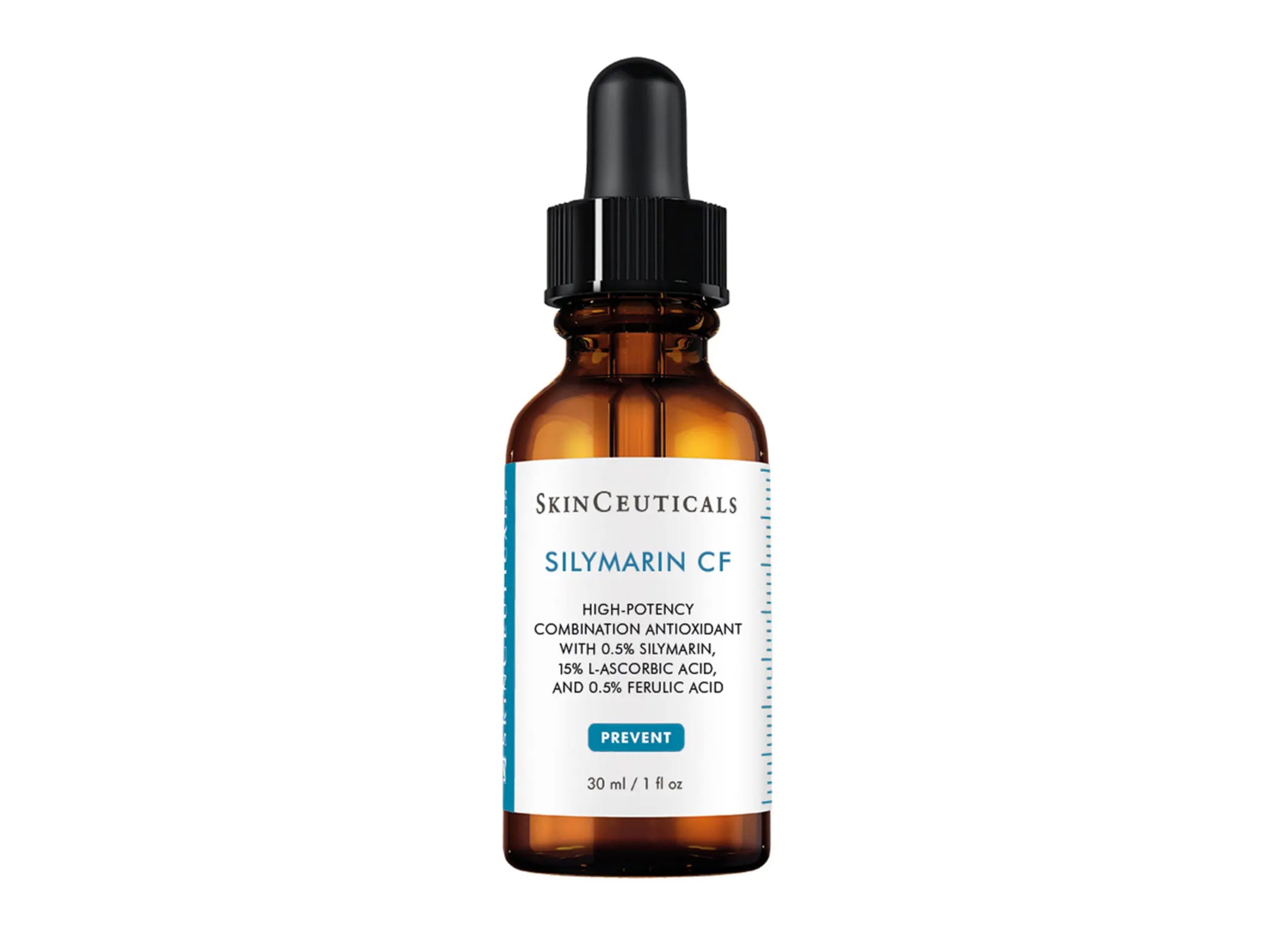
If your budget allows, and you want to address oiliness throughout the day and reduce the appearance of blemishes and pores, we’d recommend SkinCeuticals silymarin CF antioxidant vitamin-c serum (£165, Lookfantastic.com). It has a water-like consistency that absorbs into skin within seconds and within a fortnight, you should see a reduction in oil production and few spots with continuous use.
If it’s anti-ageing ingredients you’re looking to embrace, look no further than retinol, a gold-standard ingredient made from retinoids, a group of compounds derived from vitamin A. It has a whole host of benefits, including increased cell turnover and collagen production, reduction in dark spots, and can tackle breakouts. Results can often be seen in 12 weeks with proper use in your evening skincare routine.
Not all retinol are made equal, however, and they are available in varying strengths. Over the counter, you can find them ranging from 0.1 per cent to two per cent.
“Start with the lowest strength retinol two to three times a week, avoiding sensitive areas such as the eyes, lips, neck and nose corners. Use at night and follow with a hydrating moisturiser,” advises Dr Ejikeme. She recommended that you “increase the retinol usage one day a week and aim to use four to five times a week. Ensure you use a broad-spectrum SPF during the day”.
Neutrogena’s retinol boost serum (£22.39, Lookfantastic.com) landed a spot in our review of the best retinol creams and serums. It was found to be a “great choice for retinol newbies”, and our tester was “impressed with the silky-feeling, lightweight texture of this product”.
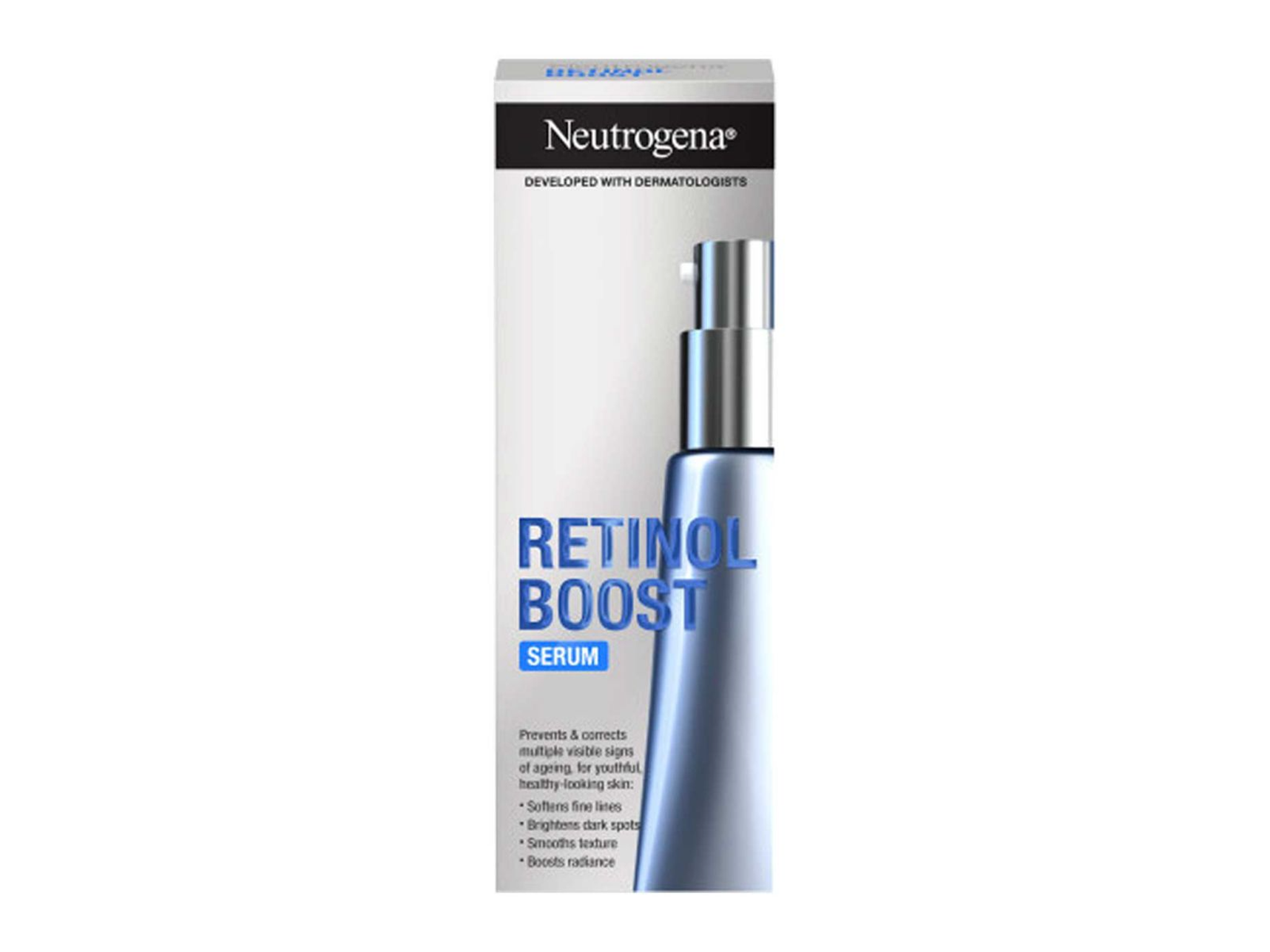
Aside from retinol, it also contains “extracts of myrtle which improves the overall efficacy of the serum, plus hero ingredient hyaluronic acid helps to lock-in much-needed moisture for long-lasting hydration”. In terms of results, our tester said their “skin looked more radiant and smoother after just a couple of uses, and she didn’t get any dryness or irritation despite using it a bit more frequently than she would recommend”.
Read more: Best retinol serums and creams, tried and tested
Step four: Moisturiser and SPF
The penultimate step in a skincare routine is your moisturiser, which hydrates, replenishes and protects the skin barrier, and is definitely not a step to skip.
It’s also always a good idea to follow up with a moisturiser after using retinol as a common side effect of it is dryness and sometimes flaking of the skin. A good moisturiser will leave skin feeling soft, supple and radiant too.
The Ordinary’s natural moisturizing factors + phytoceramides (£20, Lookfantastic.com) took the top spot in our review of the best moisturisers for dry skin, with our writer praising its “intensely nourishing effect”.
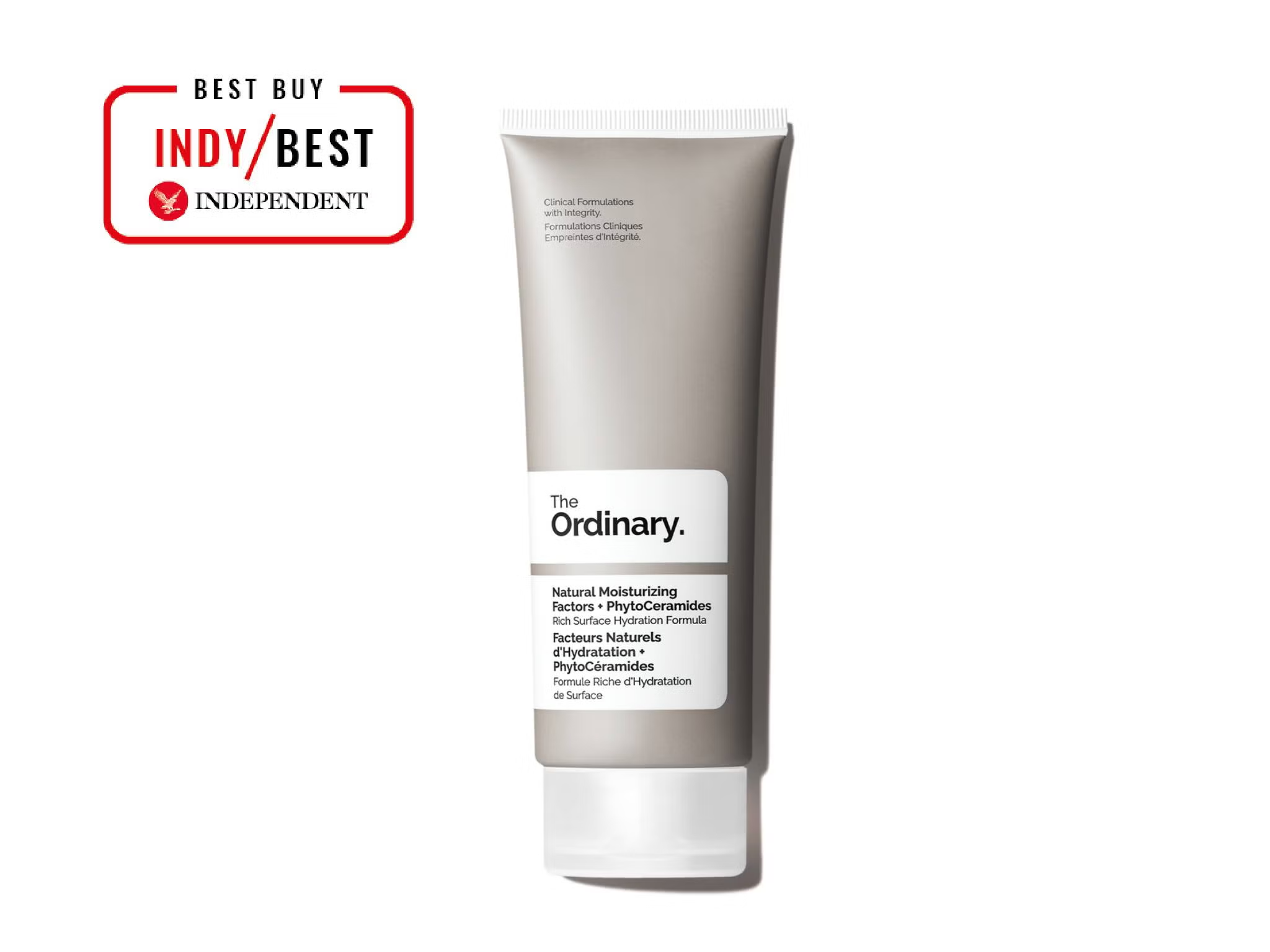
The formula “glides onto skin with ease” and “creates a smooth, fresh-looking base and dewiness, whether or not it’s worn underneath make-up”.
The last step, and arguably the most important, is SPF. There is no better investment you can make for your skin than daily use of sunscreen that protects from UVA rays – which cause premature ageing such as wrinkles and dark spots. It’ll also protect from UVB rays, which cause sunburn and increase your risk of skin cancer, too.
Long gone are the days of thick, greasy white creams that leave skin feeling sticky and smelling faintly of biscuits. Instead, a new generation of sunscreens has taken centre stage with skin-smoothing textures that don’t leave a white cast, nor have your eyes watering.
Retinol makes the skin more sensitive to UV damage, so if you’re using it regularly in your routine, wearing SPF every day is a must to look after your skin health and enjoy the anti-ageing benefits of your other products.
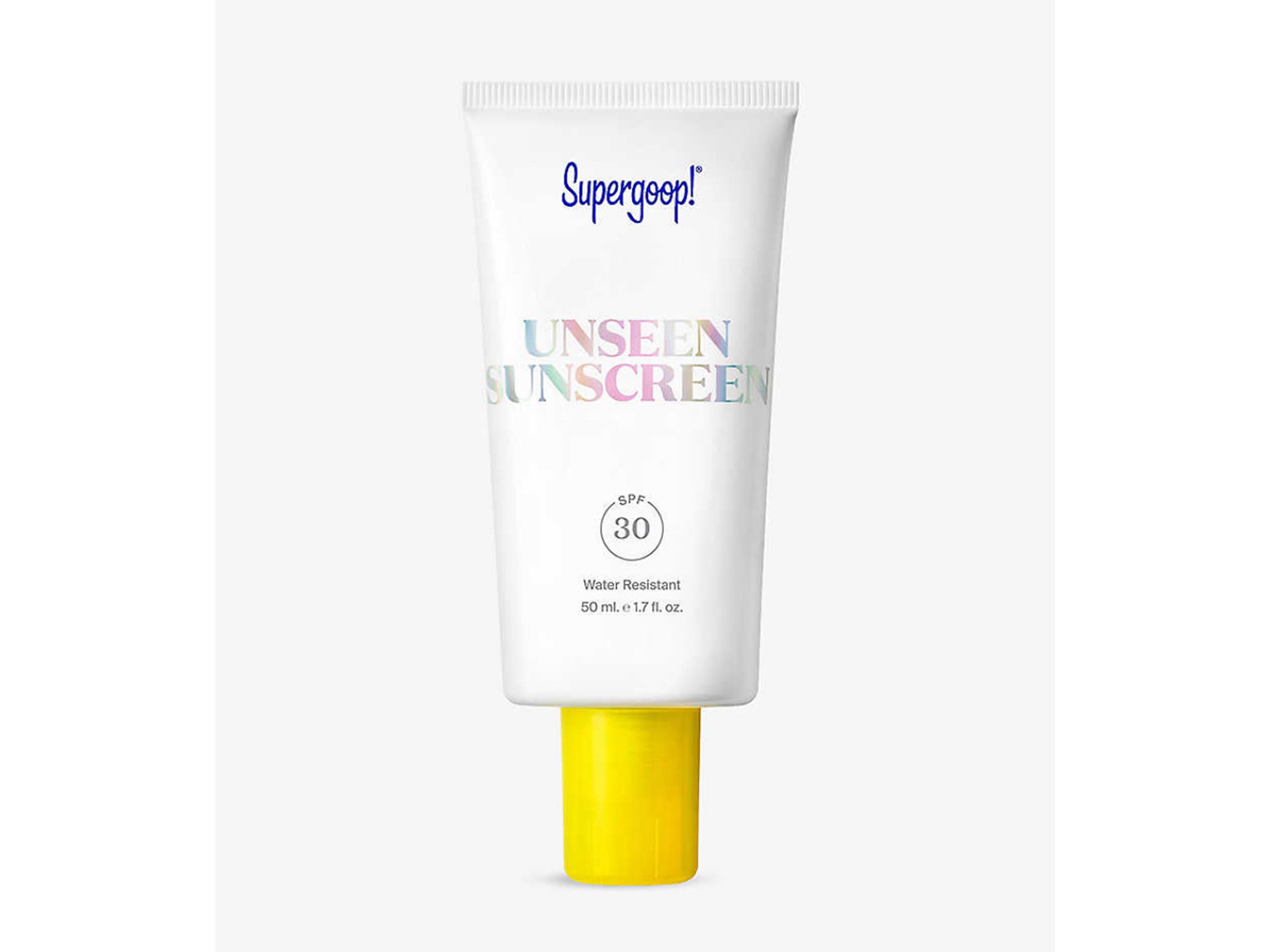
One that’s become a staple in our skincare routine is the Supergoop! unseen sunscreen SPF 30 suncream (£35, Lookfantastic.com). It has a velvety consistency that glides onto the skin and doubles up as a primer to ensure your make-up lasts longer.
It’s oil-free too, so if you struggle with a shiny T-zone, it won’t exasperate the area, while the antioxidant-rich formula is sweat and water-resistant, and we can attest that it holds up on a sweaty tube journey with ease.
Looking for more SPF recommendations? Read our guide to the best face sunscreens